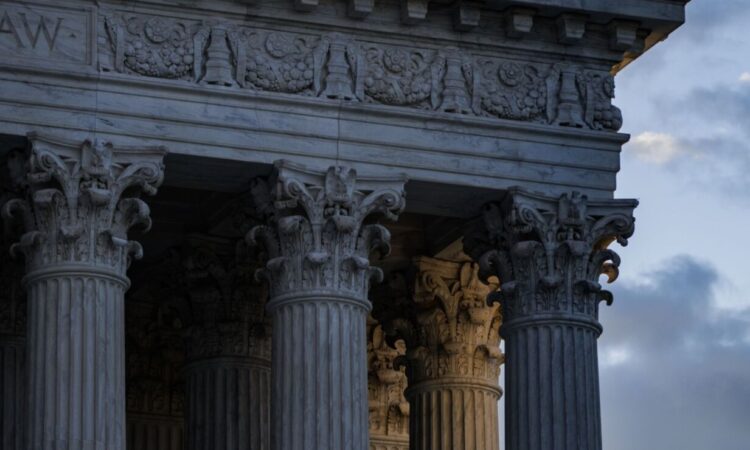
The US Supreme Court considered how to divvy up a limited pot of money for tribal health care in a dispute over whether they can sue the government to recoup some administrative expenses.
“This is a complicated statute,” Justice Amy Coney Barrett said at argument Monday in the case centered on the Indian Self-Determination and Education Assistance Act.
The law is intended to encourage tribes to run their own health care programs using money the Indian Health Service would otherwise tap to provide the same care.
Some justices were concerned more money for tribes that run their own health care systems would harm those relying on government for care.
“It necessarily will mean less funding for other tribes,” said Justice Brett Kavanaugh.
Others worried that limiting funds available under the statute, as the government suggests, would defeat the law’s purpose.
“A tribe is worse off the more they undertake in the direction of self-determination,” Chief Justice John Roberts said.
Luxury Spa
Justices on both sides of the ideological divide appeared to struggle with what the statute means.
“I have a question about how it actually works,” Barrett said.
Justice Ketanji Brown Jackson said: “I just don’t know, as a matter of just interest here, how these contracts work.”
The case concerns certain overhead costs for tribes that the federal health service doesn’t experience. Federal law requires IHS to pay some costs to ensure tribes can provide a similar level of care.
The justices are weighing which costs are included, specifically those associated with collecting from third-party insurers like Medicare, Medicaid, and private companies.
The government, represented by Justice Department attorney Caroline Flynn, worried the costs could balloon, making it difficult to provide services for other tribes.
Flynn estimated that it could cost the US $800 million to $2 billion annually. Though she said the actual number was far from certain.
The parties agreed that there isn’t enough money to go around.
Tribal healthcare is “chronically under served” and “there’s a limited pot of money,” said Jenner & Block’s Adam Unikowsky, who argued on behalf of one of two tribes suing the government for extra costs.
Roberts asked whether the money could be used to serve non-tribal members, as tribes are allowed to expand their health care services to those people.
That, too, would frustrate the purpose of the statute, Roberts said.
“The argument on the other side, or at least one of the concerns, is that the tribes would be able to expand the provision of health care to all sorts of areas that do not primarily benefit tribal members,” Roberts said.
But Justice Neil Gorsuch noted that the tribes are unlikely to do that because they have so little money in the first place.
“There’s not so much money here that the tribes are spending this on frolics and detours, right?” Gorsuch asked Unikowsky, who agreed.
“And there’s not even enough money to provide healthcare to the Indians on the reservations, and you’re operating out of decrepit old buildings in many cases,” Gorsuch said.
Or, as Justice Sonia Sotomayor put it: “It’s not as if all of this money is bringing us a luxury healthcare spa.”
Noting that the amount spent on tribal health care is about a third of what is spent on the average American, Sotomayor said “it’s actually bringing us to a fairly minimal level of health care for tribal members.”
The cases are Becerra v. San Carlos Apache Tribe, U.S., No. 23-250, argued 3/25/24 and Becerra v. Northern Arapaho Tribe, U.S., No. 23-253, argued 3/25/24.






